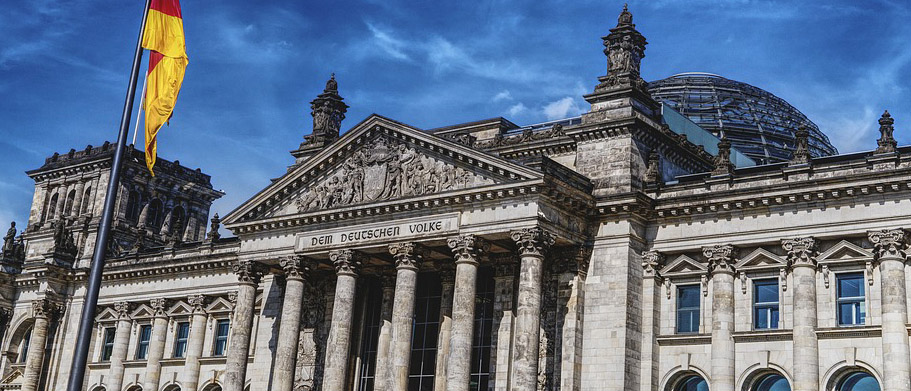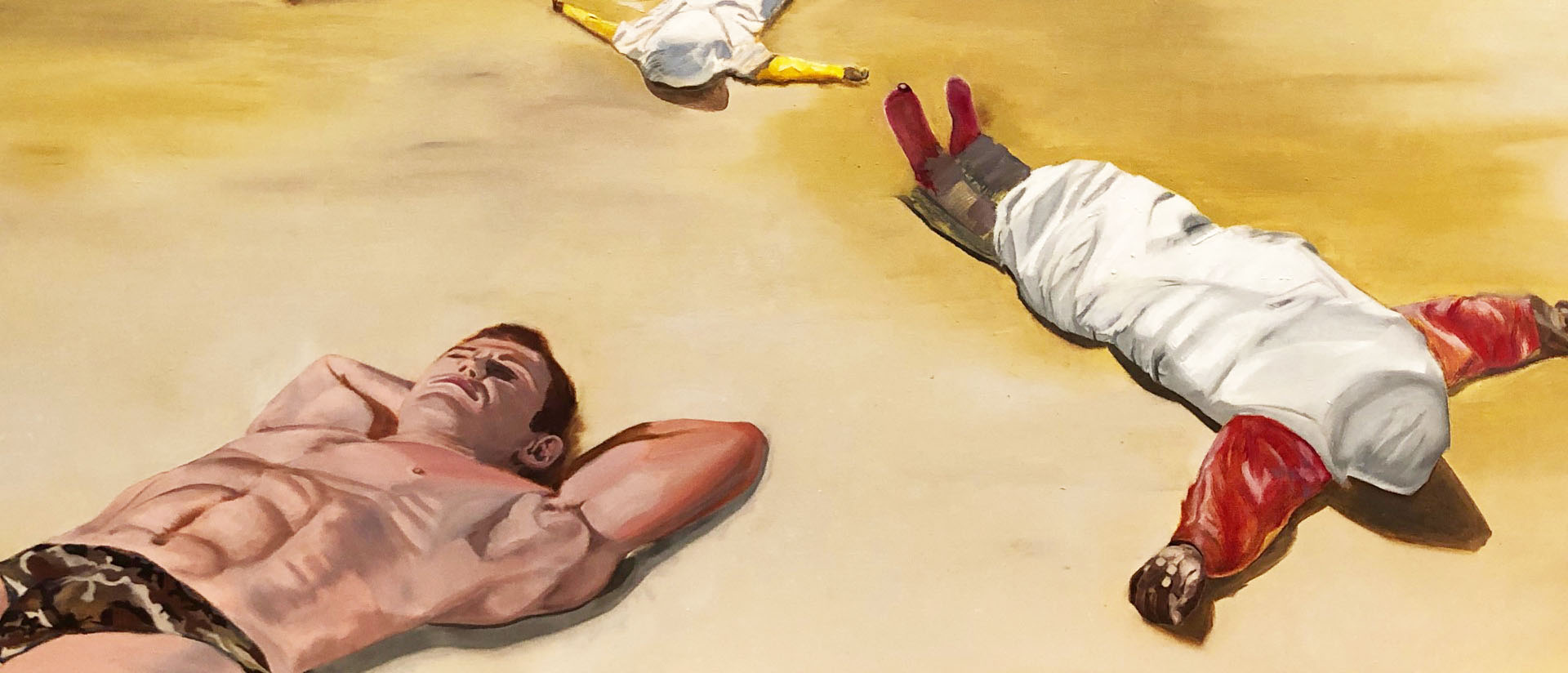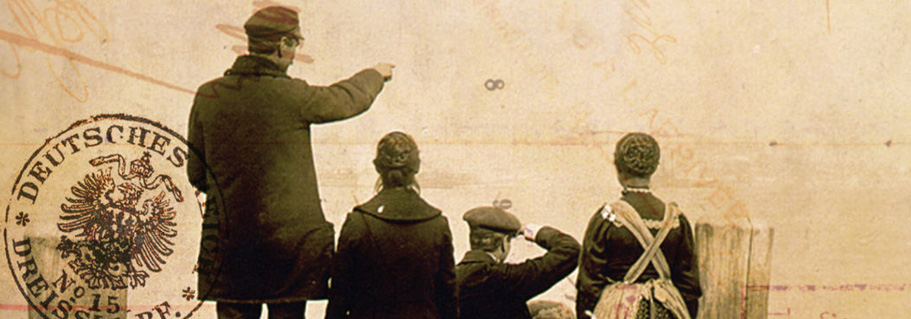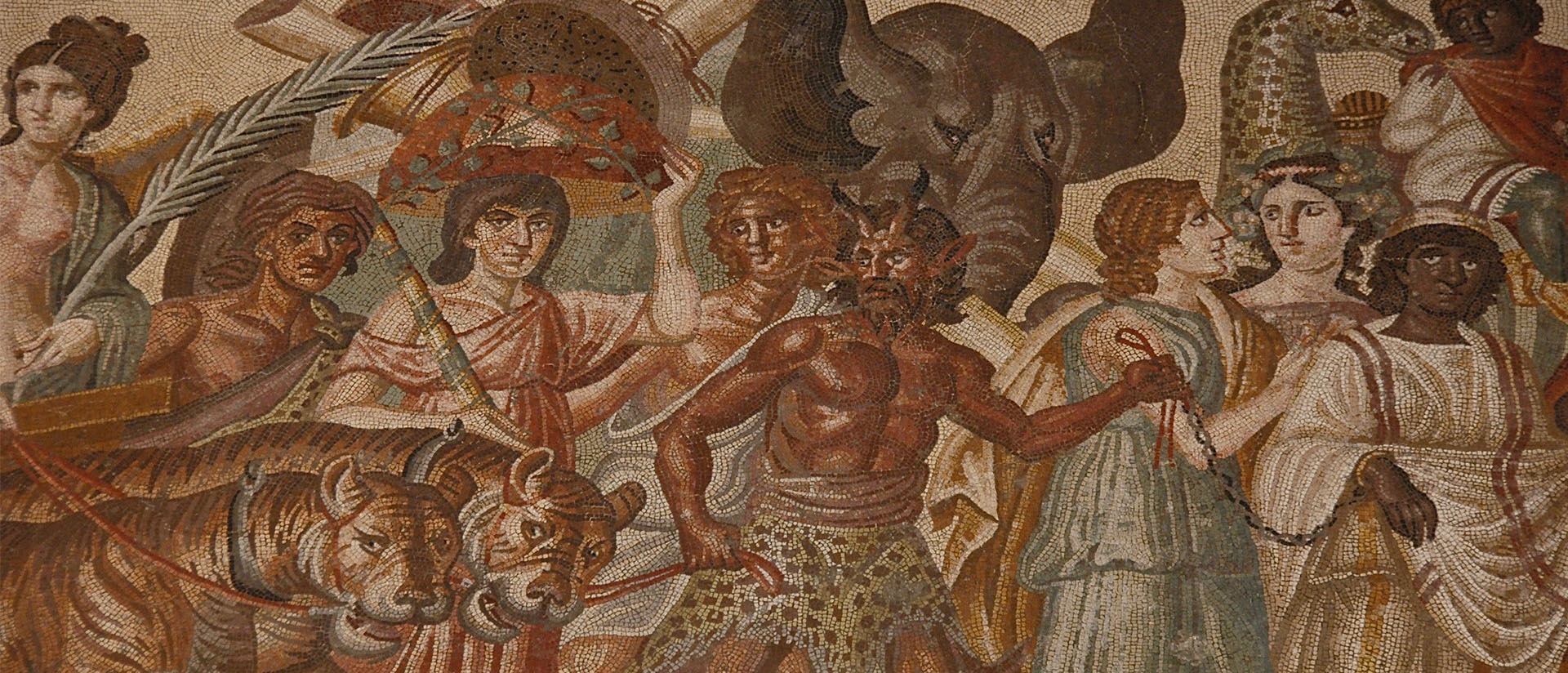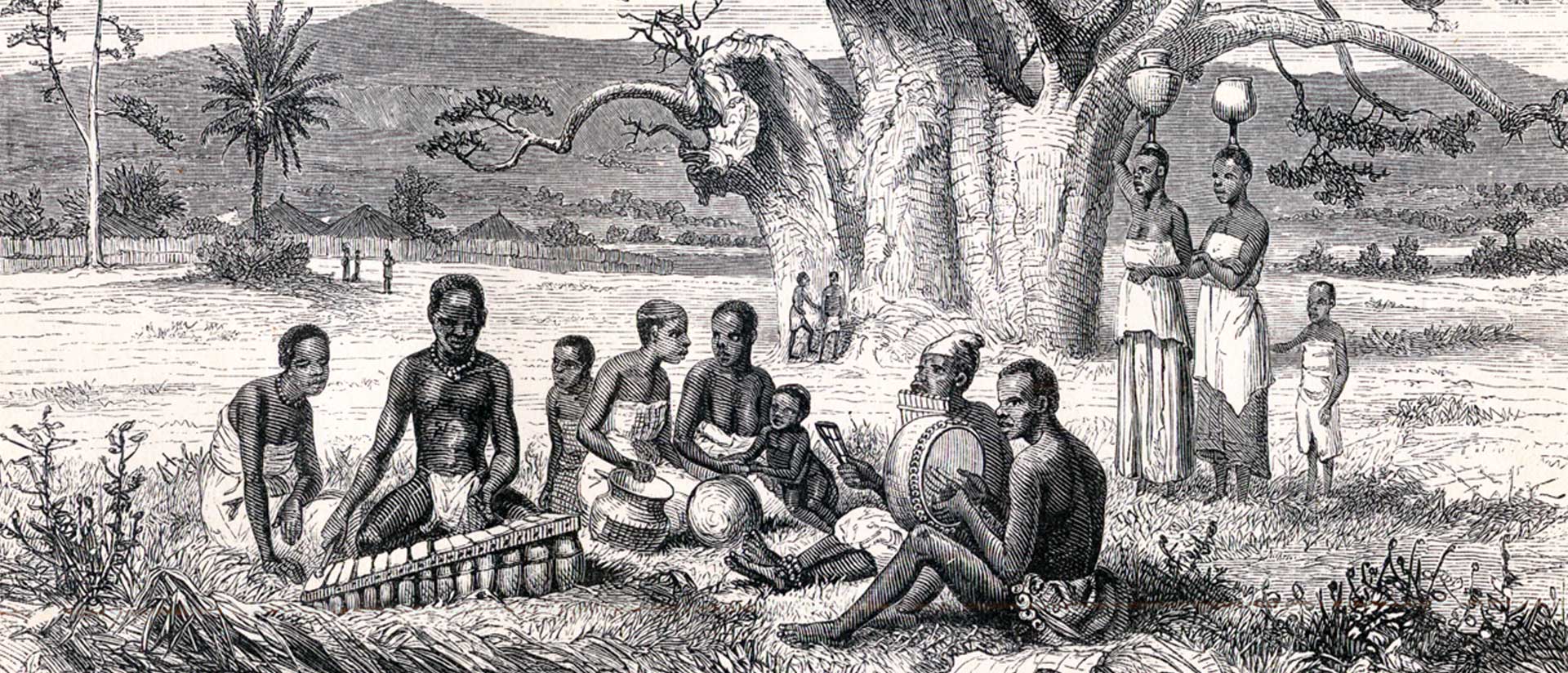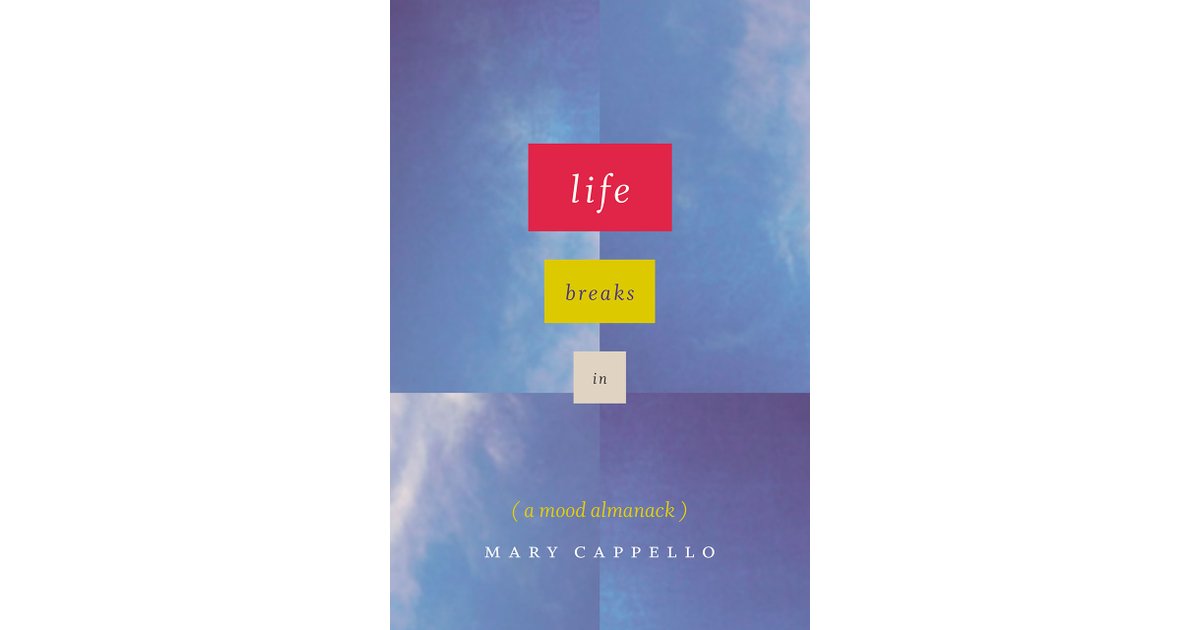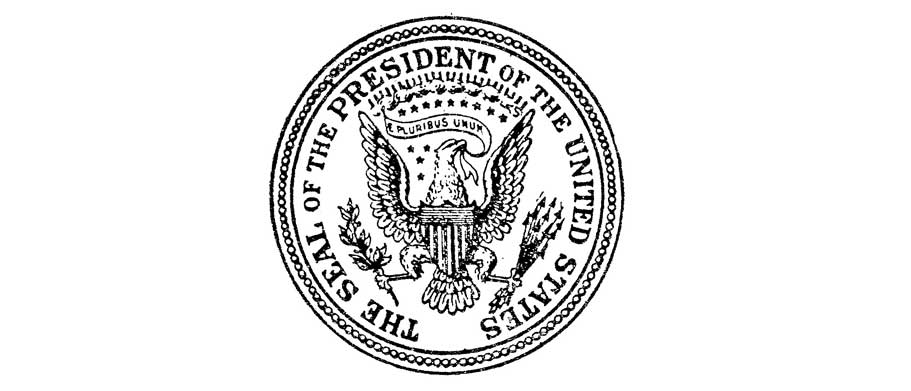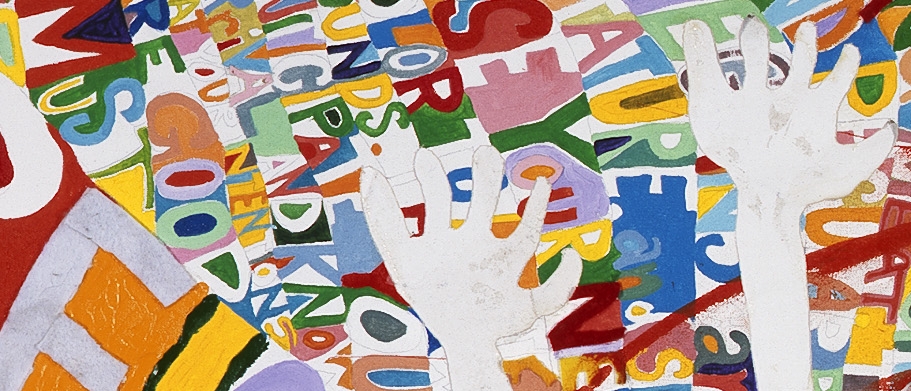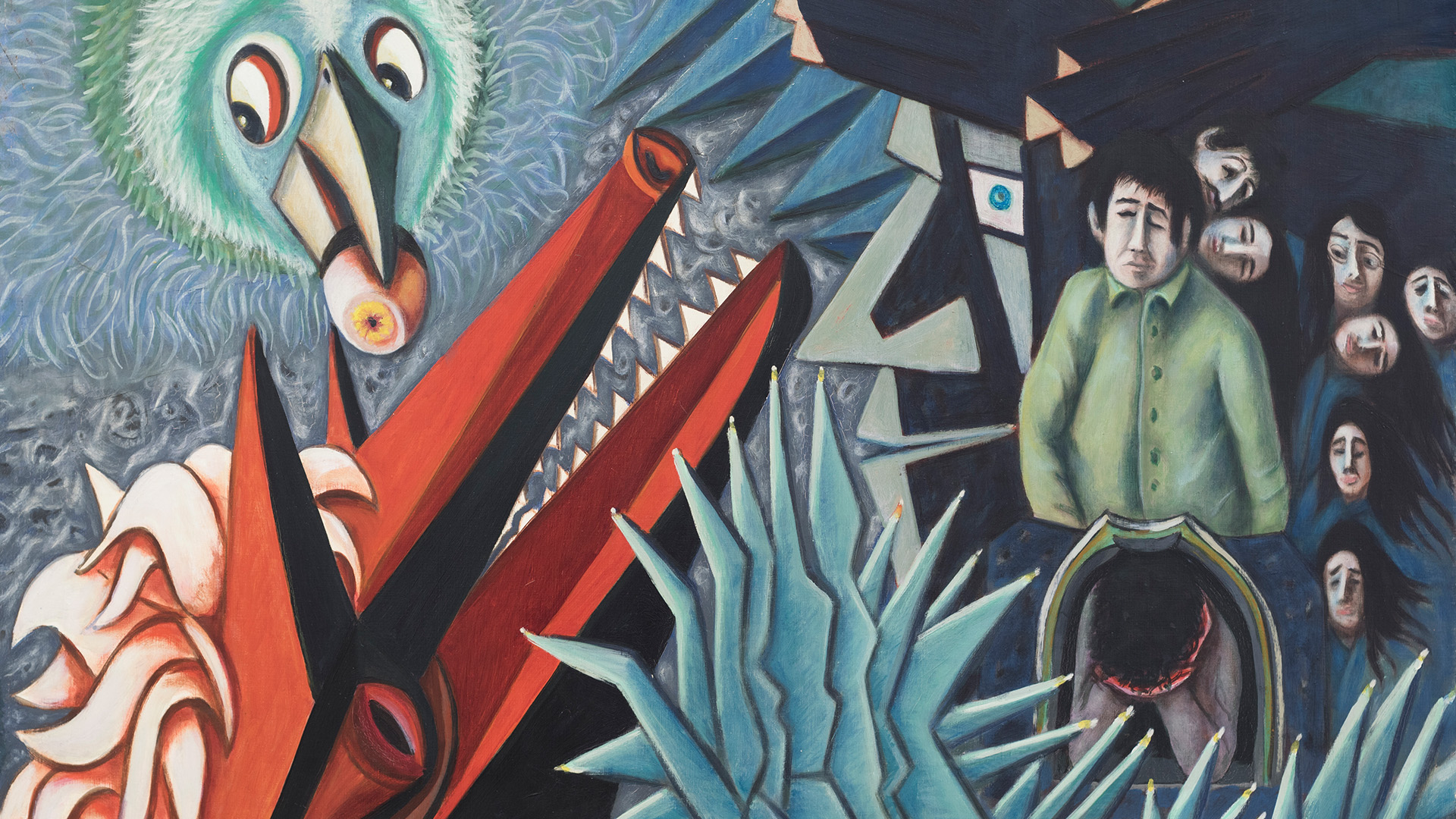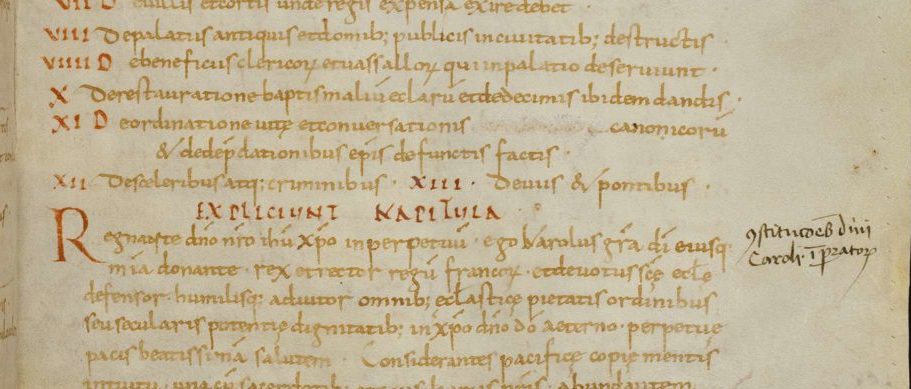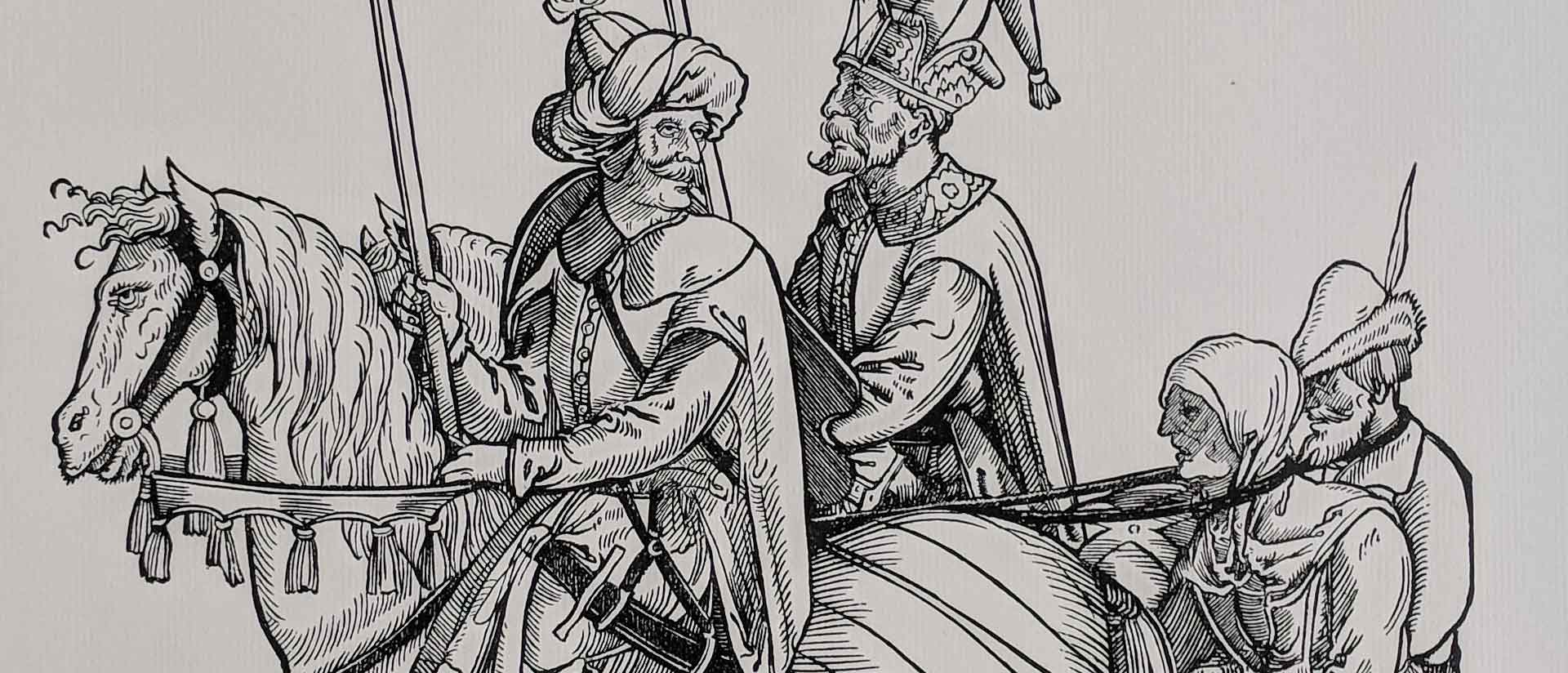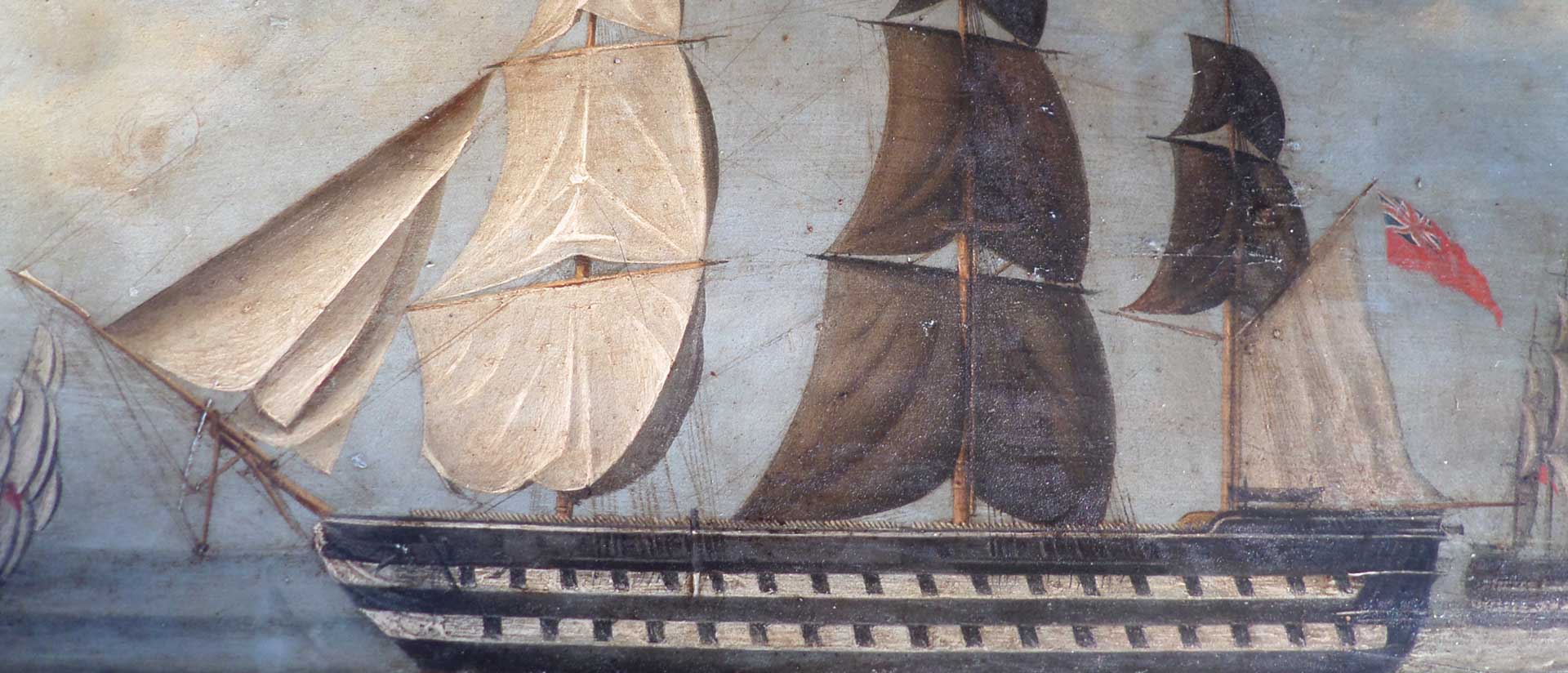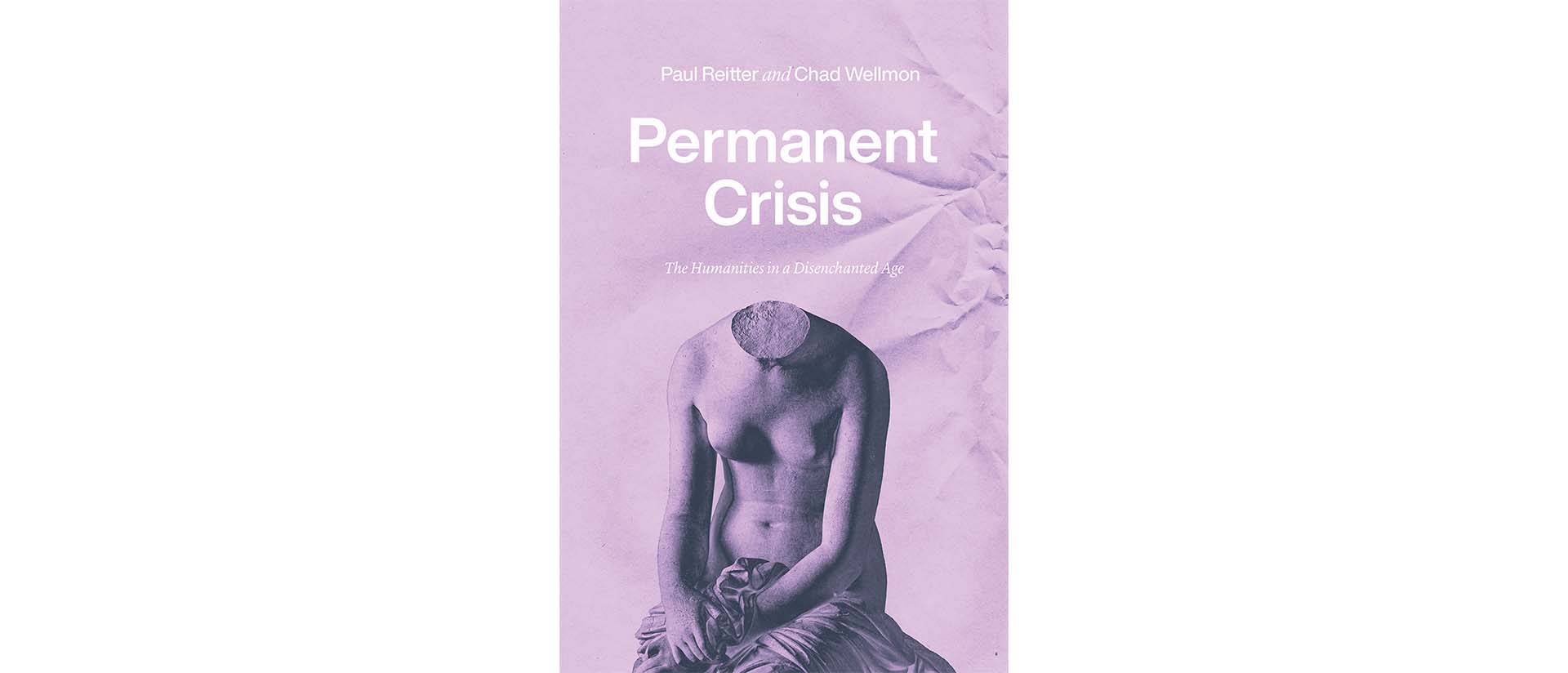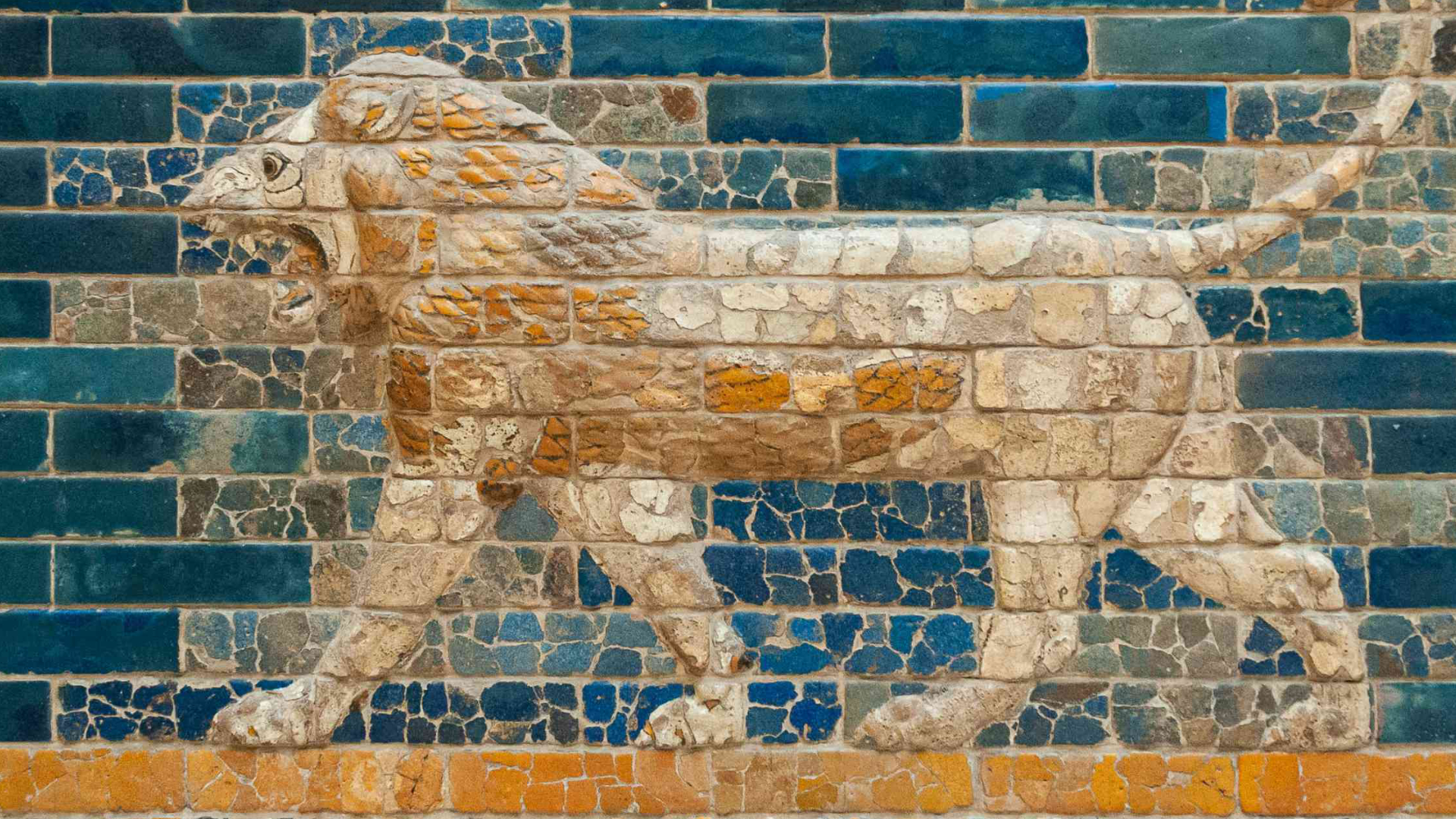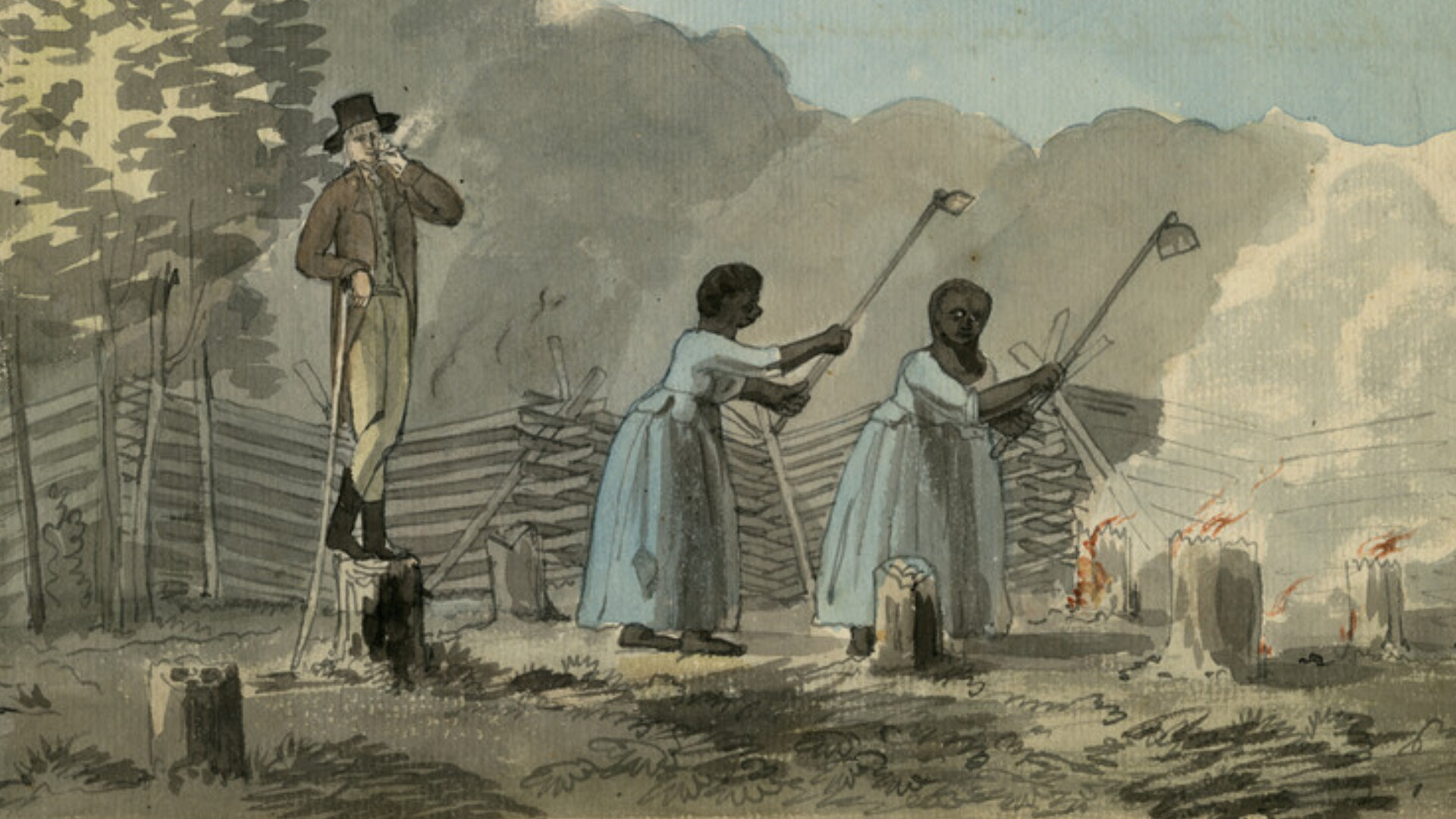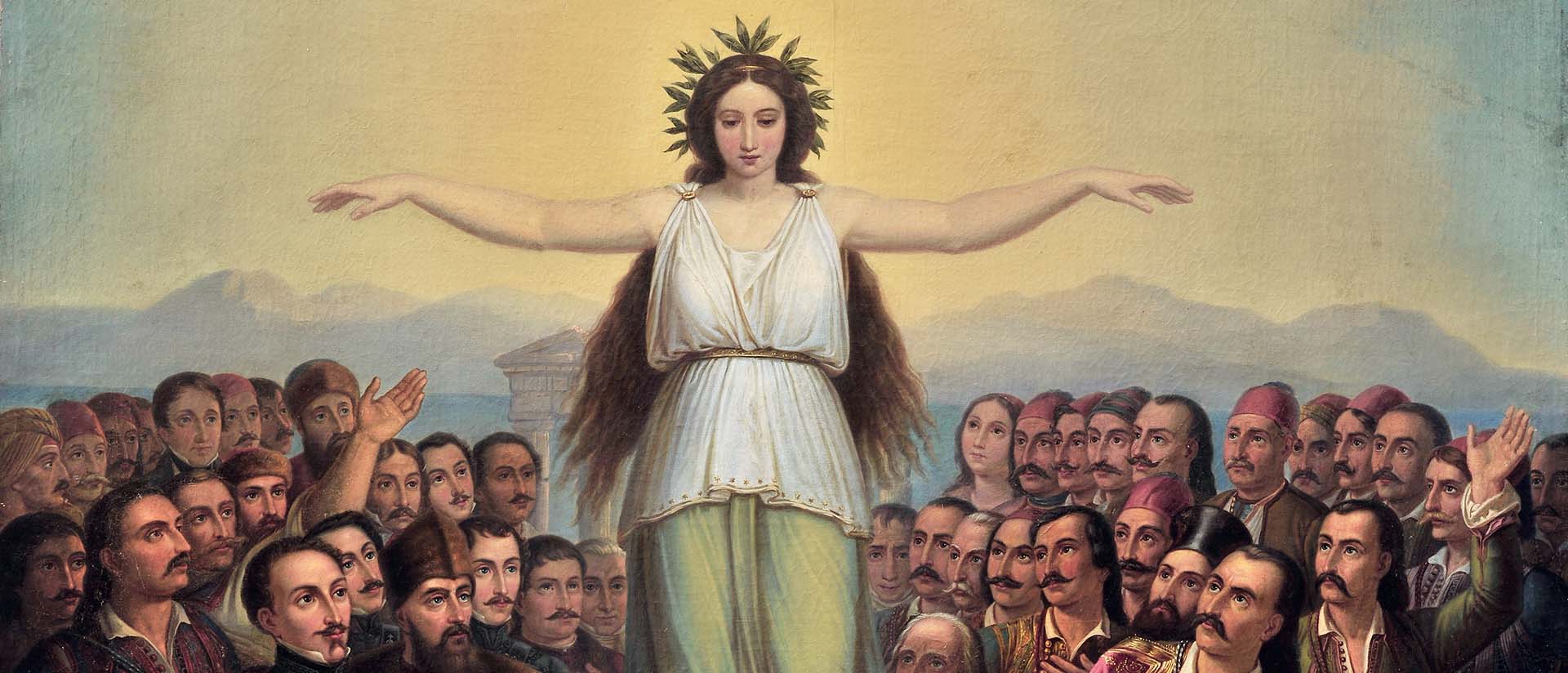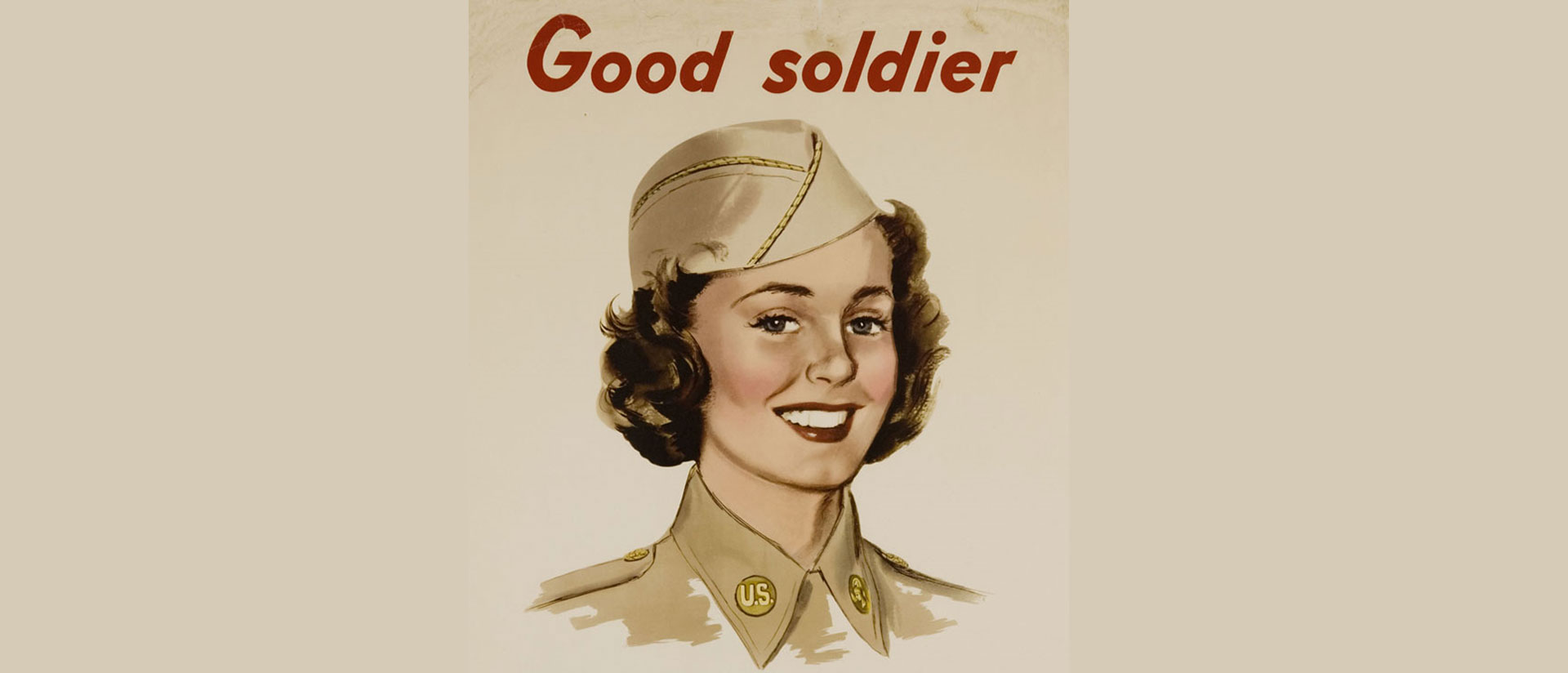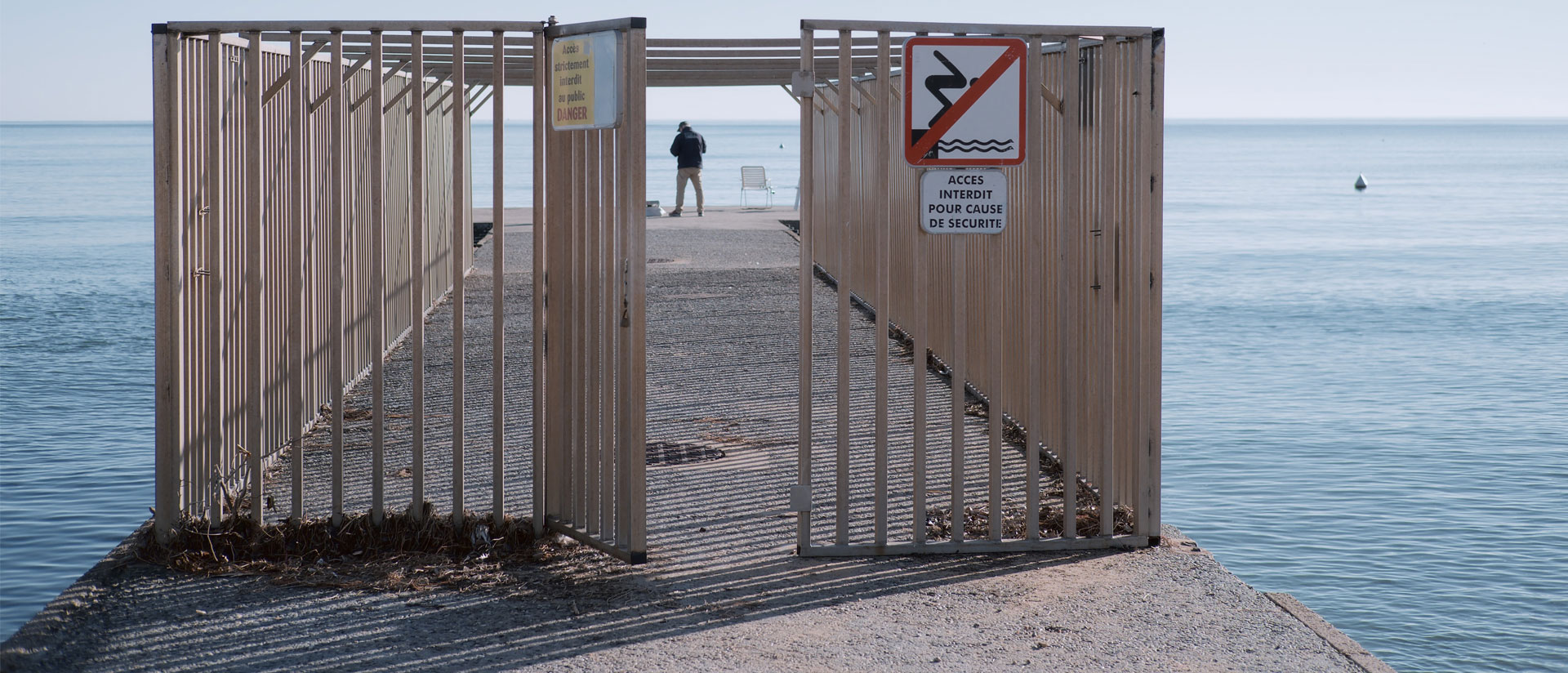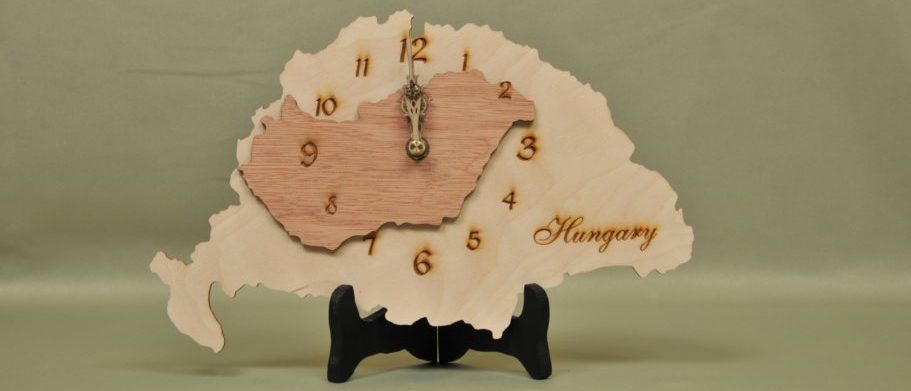
Irredentist Chic
Marketing the nation in post-socialist Hungary
by Virág Molnár
As I idly browse the travel section of a bookstore called Anima, in Budapest, I unexpectedly encounter some provocative material: a seemingly ordinary road atlas for Hungary that turns out to be a political exercise in symbolic cartography. The atlas is entitled Magyar Élettér autóatlasz (Hungarian Habitat Road Atlas), where the Hungarian term for “habitat” is a clear allusion to the German Lebensraum concept appropriated by Nazi ideologues to justify expansion into Eastern Europe. The script under the atlas’s Hungarian title is written in rune-like letters purported to have been used in Transylvania in the ninth century. The atlas offers navigation through the territory of “Greater Hungary,” a term used to designate the country’s borders before the 1920 Treaty of Trianon, which reduced Hungary to one-third of its pre-World War I size. Inside, the editors expressly formulate their intent in the preface, entitled “Road to the Future”:
At first glance, this publication of the Hungarian Habitat Foundation looks like any other professional road atlas. The area encompassed by the map at the outset is divided into numbered squares, and the individual plates on subsequent pages display a detailed view of roads of various types, settlements of various sizes situated along the roads, and the enlarged city map of larger urban areas. Everything, everything is in Hungarian. Even just the map of the waterways of the Carpathian Basin amounts to a declamation about the past, present, and the future. […] This is an unprecedentedly precise, boldly sincere, witty, and, incidentally, useful road atlas that builds on the knowledge of the past and serves the needs of the present, while pointing to a hopefully happier and more just future. To a future in which things, objects, and places regain their real names. This atlas is one of the most beautiful and jovial testimonies to an emerging awareness. It is not a nostalgia map but a map of the living past, a kind of intellectual and spiritual conquest. [emphasis added]
According to the publisher, more than 30,000 copies of the atlas have been sold over the past four years, and an updated edition came out in 2014. While the atlas is available in each “national bookstore,” like the one I was in, it is also distributed more widely: in 2014 it was sold in 43 stores nationwide and available via mail-order purchase.
Now, it would be a mistake to imagine this bookstore, and ones like it, as stuffy, low-end, hole-in-the-wall establishments tucked away in remote corners of Budapest and other cities, peddling samizdat-style radical literature. On the contrary, they tend to be highly visible, airy retail stores like Anima, located in upscale shopping malls in the well-to-do XIIth district in Budapest, or on the main streets of large urban areas and in shopping centers of middle- and upper-middle class neighborhoods.
The stores’ windows give away the political leanings of the literature on offer inside. The most common include a vast sea of material on the national trauma of the Treaty of Trianon, Transylvania, the Holy Crown of St. Stephen, runic script, or Arvisura, a modern reconstruction of the mythic origins of Hungarians, rooted in shamanistic spiritualism, recorded by a steelworker from the northern Hungarian city of Ózd. Works on Hungarian prehistory refer to Hungarians’ roots in Central Asia, the trajectory of their migration, and the ninth-century conquest of the Carpathian Basin. There is also literature that investigates speculative theories about Hungarians’ links to various real and mythic peoples—Finno-Ugric, Hun, Scythian, Sumerian—and theories that offer evidence that Jesus was actually Hungarian. There also seems to be an elective affinity between radical nationalism and a variant of new age spiritualism, as esoteric literature takes up an entire section in these stores and includes recent work that blends esotericism with more “traditional” Hungarian origin myths.
Finally, there are large magazine stands that display “history” magazines. While these include the BBC’s Hungarian-language History magazine, the lineup is dominated by radical nationalist publications, including, most prominently, Trianon and Greater Hungary, but also Dobogó: Hungarian Mythic History, Magyar Krónika (Hungarian Chronicles), and Zsarátnok (Fire Starter).
Curiously, one stand I saw also included a copy of the Hungarian translation of Thomas Piketty’s Capital. This is not a coincidence. It evidences an important alignment of critiques of liberal capitalism and radical nationalism—a critique that has found voice, not without irony, through the purchase of symbolic objects and clothing that express a sense of national loss.
The partitioning of Hungary remains one of the major collective traumas of the country’s twentieth-century history. In addition to losing two-thirds of its landmass, it became landlocked, the population was halved, and nearly one-third of ethnic Hungarians became stranded beyond the new borders in neighboring countries. This triggered a massive refugee crisis: between 1918 and 1924 roughly 350,000 ethnic Hungarians migrated to Hungary from the detached territories, straining a country already destabilized by the aftermath of the war, the Communist revolution of 1919, and the violent failure of the short-lived Hungarian Soviet Republic (March 21 – August 1, 1919).
Widespread injustice felt over the Treaty of Trianon translated into broad support for Hungarian irredentisim and revisionism, a major factor in the rise of fascism and Hungary’s status as a German satellite state by the 1930s. From the ousting of the Communist government, in 1920, to the German occupation, in 1944, the country was ruled by a regent, Admiral Miklós Horthy. As one contemporary witticism summed up the country’s bewildering status: “Hungary was a kingdom without a king, ruled by an admiral without a fleet, in a country with no access to the sea.”
It was in this interwar era that the image of “Greater Hungary” was born, becoming a powerful visual symbol of the geographic and political dismemberment of the country and the ultimate emblem of Hungary’s victim narrative. The image was reproduced in countless forms, displayed in homes, schools, cafes, public institutions, and in the streets. In schools, students began and ended their day with a special prayer that expressed belief in “Hungary’s resurrection”—the restoration
of its prewar borders.
During the socialist period after World War II, the Greater Hungary symbol was strictly taboo. The Treaty of Trianon was part of the curriculum taught at schools but could not be openly and publicly questioned. Any criticism of the Treaty of Trianon was off limits because of its close association with the irredentism of the interwar period, and because of Hungary’s disgraceful involvement with the Axis powers in World War II.
The use of the Greater Hungary image was never officially banned under socialist rule, but self-censorship effectively kept it out of public view.
Any overt expression of national sentiments and embrace of national traditions were likely to be interpreted as a sign of excessive nationalism and a potential political transgression in most socialist countries, especially in Hungary.
The Greater Hungary image is a classic instance of what Anthony Smith, the eminent British historian of nationalism, calls an “ethnoscape”—a landscape that territorializes ethnic memories and endows them with intense emotions and poetic ethnic meaning. Traumatic events that are inscribed in space and territory are particularly likely to remain salient and easily retrievable. The centrality of ethnoscapes in nationalist populist iconography also highlights the geopolitical dimension of populist politics largely overlooked by discourse analytic, electoral, and party-focused studies of right-wing populism in Europe. Undoubtedly, the geopolitical dimension of populism and nationalism is particularly acute in Central and Eastern European countries—with their long histories of foreign domination, experience of semi-colonial rules and regional exploitation, as well as colorful memories of resistance to such oppressive systems of dependence—which allows nationalist sentiment to be reactivated in order to make sense of contemporary geopolitical relations with, for example, the European Union.
The Greater Hungary symbol was first widely visible on a seemingly banal object: the car bumper sticker. Cars across Europe normally display a sticker indicating the country in which the car is registered. Today this information is incorporated into the respective European Union license plate, but many drivers still continue to affix a separate country sticker. Until recently, this sticker in Hungary had not served as a platform for statements of political identity; it was just a nondescript oval-shaped sticker with the letter “H” in the middle. But since around 2000, a growing number of cars have been displaying a country sticker in the shape of Greater Hungary.
Car stickers were soon followed by a flood of ordinary objects: key chains, refrigerator magnets, pins, iron-on and sew-on appliqués, Baby-on-Board signs. Greater Hungary is also an integral motif in the iconography of nationalist tattoos, and various applications of the image enjoy a presence in radical nationalist fashion, from cotton socks to T-shirts to baseball caps. Add to this list: wooden wall clocks, modern self-adhesive wall-decals, and embroidered wall tapestry—all in the shape of Greater Hungary. Somewhat more sporadically, one can encounter the symbol on wine etiquettes, etched into metal liquor flasks, glass carafes, or food trays, and on various types of toys, jigsaw puzzles, or board games. There is also a small cottage industry among pastry chefs that turns out spectacular Greater Hungary-shaped cakes.
Greater Hungary kitsch is joined in the radical nationalist marketplace by clothing companies like Thor Steinar, currently the best-known and most economically successful neo-Nazi-friendly brand. It resembles WASWAS Py American pseudo-collegiate brands such as Abercrombie and Fitch, Hollister, and Aéropostale, but with a distinctly Nordic aesthetic—and a calculated use of subtle references to Nazi iconography. The brand’s logo, an upward-pointing arrow with a zigzag and two small dots, alludes to two illegal Nazi symbols. In recent years it has faced competition from brands like Ansgar Aryan or Erik & Sons, which employ more overtly political and directly neo-Nazi symbolism.
These international brands are available in Hungary, but radical nationalist clothing brands there differ from Western European counterparts. The brands Harcos (Warrior), Szervető, and takács all sprang to life during the first decade of the twenty-first century. Harcos, the most widely known, is embraced by national rock bands like Romantikus Erőszak (Romantic Violence), Secret Resistance, and Hungarica. A sponsoring agreement between Harcos and Romantikus Erőszak states that the musicians must wear Harcos apparel during all of their concerts, interviews, and on CD covers.
The man behind Harcos is Csaba Kis, originally a car locksmith from Balmazújváros, a small town in northeastern Hungary—an area with a strong support base for the radical right-wing Jobbik party. He started designing and printing T-shirts under the Harcos label in 2004, creating the clothing line for “people who are willing to openly display their patriotism.” Since 2009, each garment has included the following “warning”:
WARRIOR (HARCOS) is not only a fashion label, it is […] a weapon against the system that is governed by the most harmful ideology ever, that of liberalism. We use HARCOS apparel to distinguish ourselves from the grey mediocrity, the slaves of the system who do not feel that the Hungarian people of the Carpathian Basin are one and indivisible regardless of the present borders. For us it is natural to express LOVE FOR OUR HOMELAND and appreciate our ancestors who made unforgettable sacrifices so that we can still raise our head with dignity IN THE HEART OF EUROPE. We who wear HARCOS apparel are fighting for a country in which the national interests of Hungary triumph above all. I recommend my clothing line, THE RADICAL PATRIOTS’ WEAR, to everyone with no age limit, but only to those who identify with the above values.
The brand Szervető stresses the importance of employing runic script, just like Harcos, and of producing garments locally, but it also favors aesthetics that highlight radical nationalism’s more spiritualist side. An extensive explanation on the company’s site explains the origins and symbolic meanings behind the brand’s name, which sounds like a real word but was actually invented “to evoke the magical beauty of the word formation and connotational power of the Hungarian language.” A small, family-owned firm active in the garment industry for the past twenty years, Szervető was primarily in the business of making T-shirts. The owner notes that they launched the Szervető brand because they did not understand “why everyone should wear T-shirts that say ‘I love NY’ or apple sauce in Chinese characters. We were really annoyed by the fact that as young adults we could not find everyday wear that was Hungarian, unique and carried a meaningful message while it was also affordable and comfortable.” They also emphasize that the symbolism of the brand demands that each product be Hungarian-made in every respect: in design, manufacturing, and distribution. The T-shirts are silk screened and embroidered in small artisanal shops. One of their signature designs, the “sun worshipper,” takes “ten hours and 60,000 stitches to make.”
The brand takács exemplifies yet another facet of Hungarian cultural uniqueness and superiority. The label carries the last name of its designer, Zsuzsanna Mária Takács, the long-time partner of András Bencsik, owner of another nationalist bookstore called Szkítia. (Takács also designed the uniform of the Hungarian National Guard, the paramilitary wing of Jobbik.) The symbolism of the brand owes its origins both to Hungarian folk traditions and to the visual and material culture of the time of the Hungarian conquest of the Carpathian Basin, between the ninth and eleventh centuries, often referred to in Hungary as the Árpád Age. As essay by Bencsik on the company’s site asks, “How many thousands of years must it have taken for such a highly developed formal-design vocabulary to emerge if it has taken European product design two thousand years to mature?”—suggesting that Hungarian civilization is much older than other European civilizations. He also scolds Hungarians for forgetting their heritage and technical know-how while commending the designer for reintroducing ancient motifs into contemporary Hungarian wear.
Symbols such as Greater Hungary, ancient motifs from the premodern era, and rune-
like typographic characters condense complex historical narratives into a powerful sign that can be easily objectified, reproduced, and diffused. Everyday material objects in the form of commodities, in turn, propagate representations of a mythic past, increasing the visibility and domestication of their originating radical nationalist discourse.
These symbols carry meaning in and of themselves as signs, and once they are turned into banal everyday objects and are circulated through differentiated consumer markets, they contribute to the normalization of radical politics simply by their sheer presence and visibility.
In the end, these nationalistic objects shape conceptions of social and political reality through what the French philosopher Jacques Rancière has called the “distribution of the sensible.”
During the twentieth century, Hungarians had the misfortune of being forced to live under both right- and left-wing authoritarian regimes, and authoritarian governance sharpens the need for symbolic politics—not just because of the omnipresence of an elaborate political-propaganda machine that helps to cement and sustain authoritarian rule, but also because regime-critical political views need to be skillfully disguised to evade censorship and restrictions on free speech. Symbolic politics cultivated under these circumstances tend to endure well beyond authoritarian times and become a characteristic idiom of political discourse. As Hungary has gone from its position in the 1990s as the most liberal country of the former Eastern Bloc to the most conservative populist regime in the EU, the spread of coded nationalist symbolism explains some of the divergence between Western and Eastern European trajectories of populist politics—particularly in light of just how popular this kind of radical politics has become. □
Virág Molnár, Associate Professor of Sociology at the New School for Social Research, is a spring 2017 Axel Springer Fellow. Published in the Berlin Journal 30, Fall 2016, pp. 48-51.



